Polymer banknotes are banknotes made from a synthetic polymer such as biaxially oriented polypropylene (BOPP). Such notes incorporate many security features not available in paper banknotes, including the use of metameric inks.
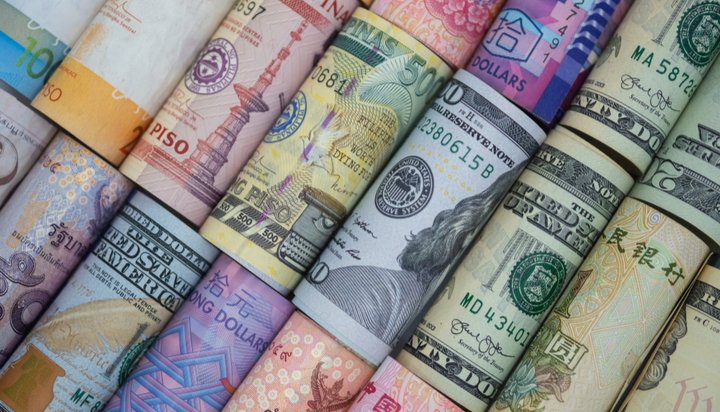
Polymer banknotes last significantly longer than paper notes, causing a decrease in environmental impact and a reduced cost of production and replacement.

Modern polymer banknotes were first developed by the Reserve Bank of Australia (RBA), Commonwealth Scientific and Industrial Research Organisation (CSIRO) and The University of Melbourne.
The Commonwealth Scientific and Industrial Research Organisation (CSIRO), founded in 1916, is an Australian federal government agency responsible for scientific research. Its chief role is to improve the economic and social performance of industry for the benefit of the commonwealth.

The Reserve Bank of Australia (RBA), founded in 1960, is Australia's central bank and banknote issuing authority. The bank has the responsibility of providing services to the Government of Australia in addition to also providing services to other central banks and official institutions.
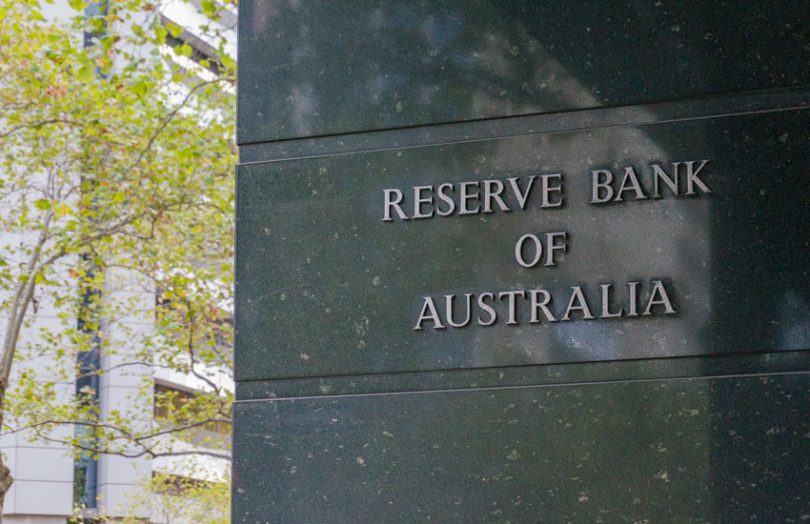
The University of Melbourne is a public research university located in Melbourne, Australia. Founded in 1853, it is Australia's second oldest university and the oldest in Victoria. Its main campus is located in Parkville, an inner suburb north of the Melbourne central business district, with several other campuses located across Victoria.
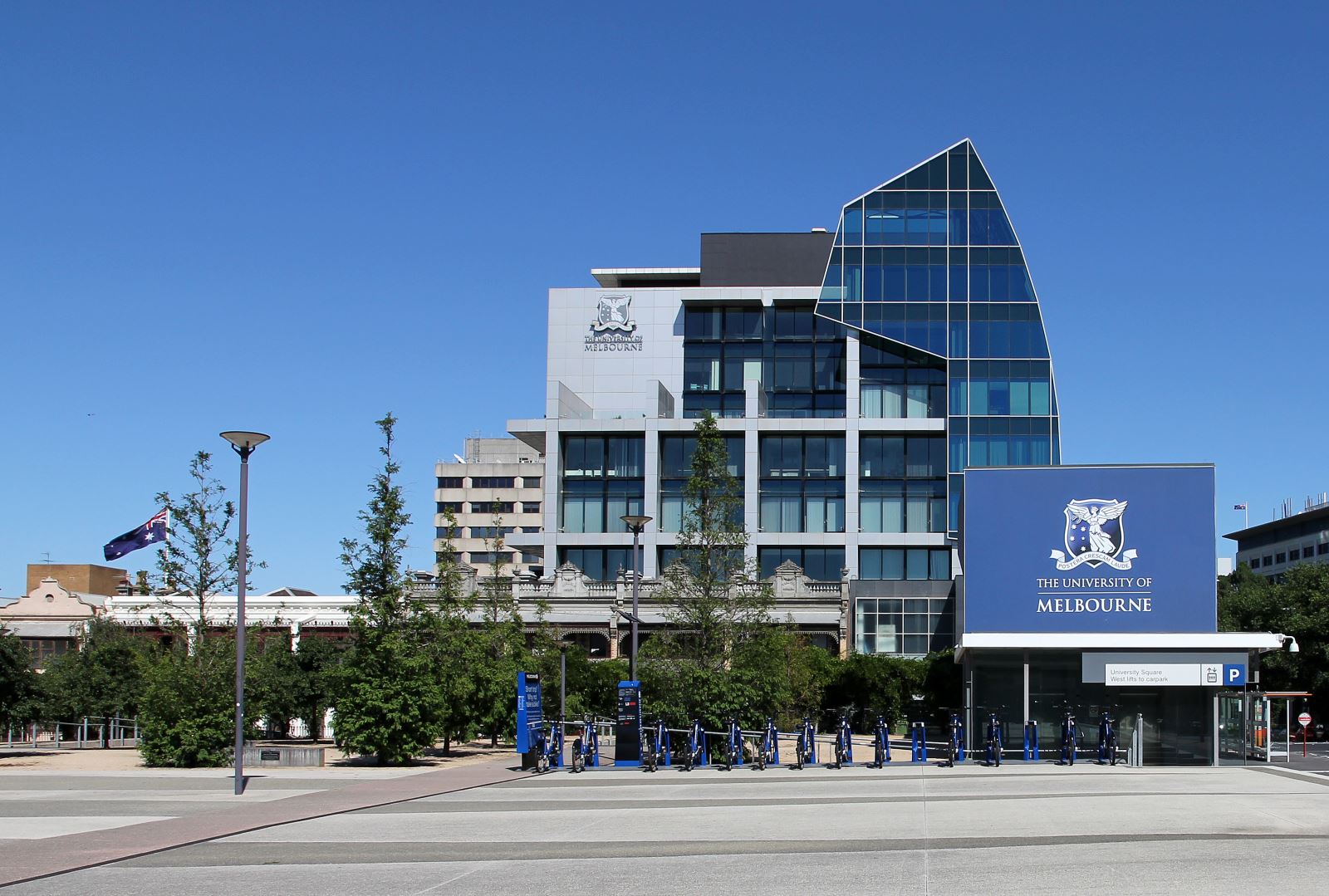
They were first issued as currency in Australia during 1988 (coinciding with Australia's bicentennial year). In 1996 Australia switched completely to polymer banknotes. Other countries that have switched completely to polymer banknotes include: Brunei, Canada, Maldives, Mauritania…

Polymer banknotes were developed in Australia to replace paper banknotes with a more secure and more durable alternative.
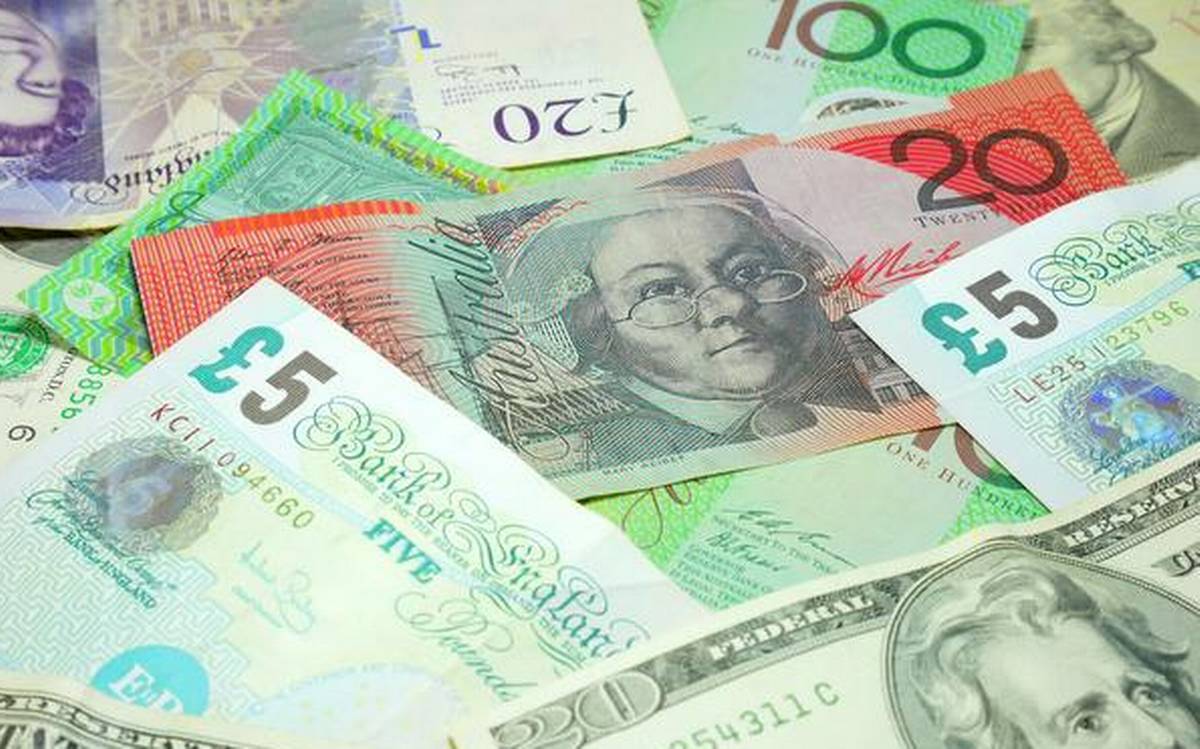
Polymer banknotes usually have three levels of security devices. Primary security devices are easily recognisable by consumers and may include intaglio, metal strips, and the clear areas of the banknote.
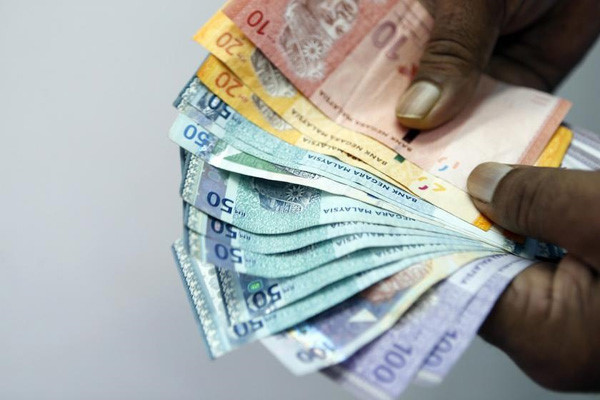
Secondary security devices are detectable by a machine.
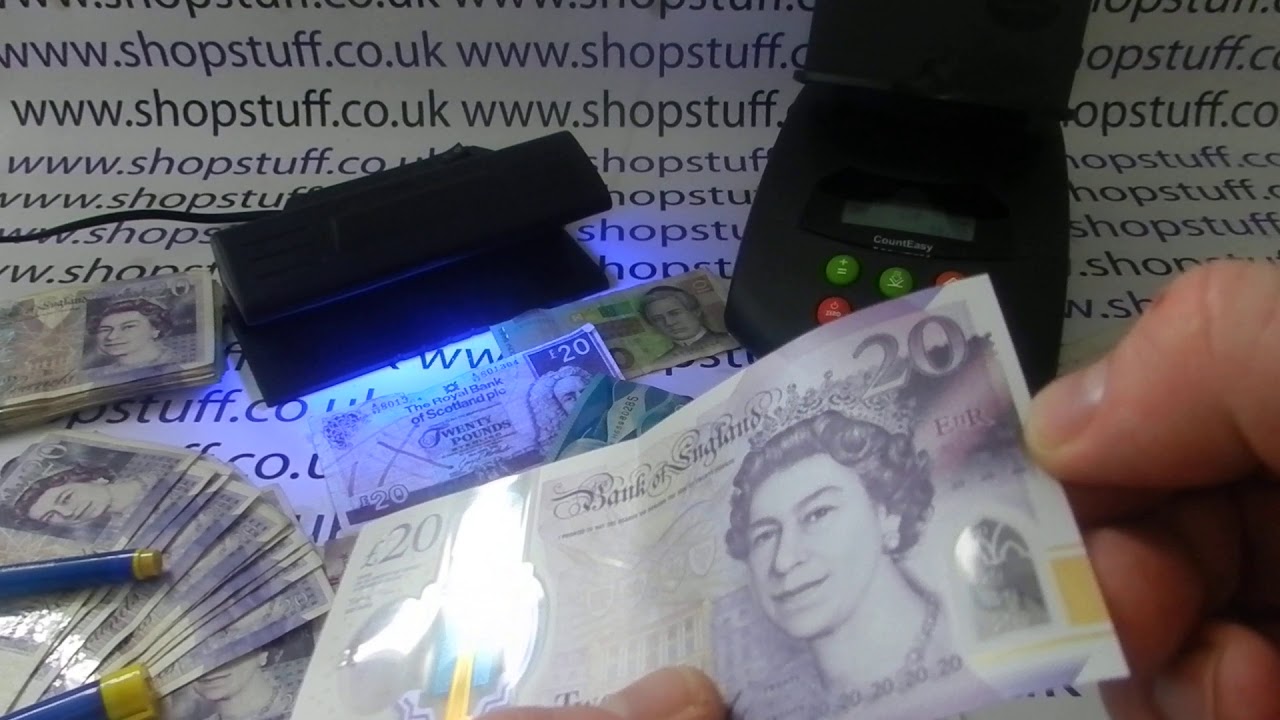
Tertiary security devices may only be detectable by the issuing authority when a banknote is returned.

According to en.wikipedia











